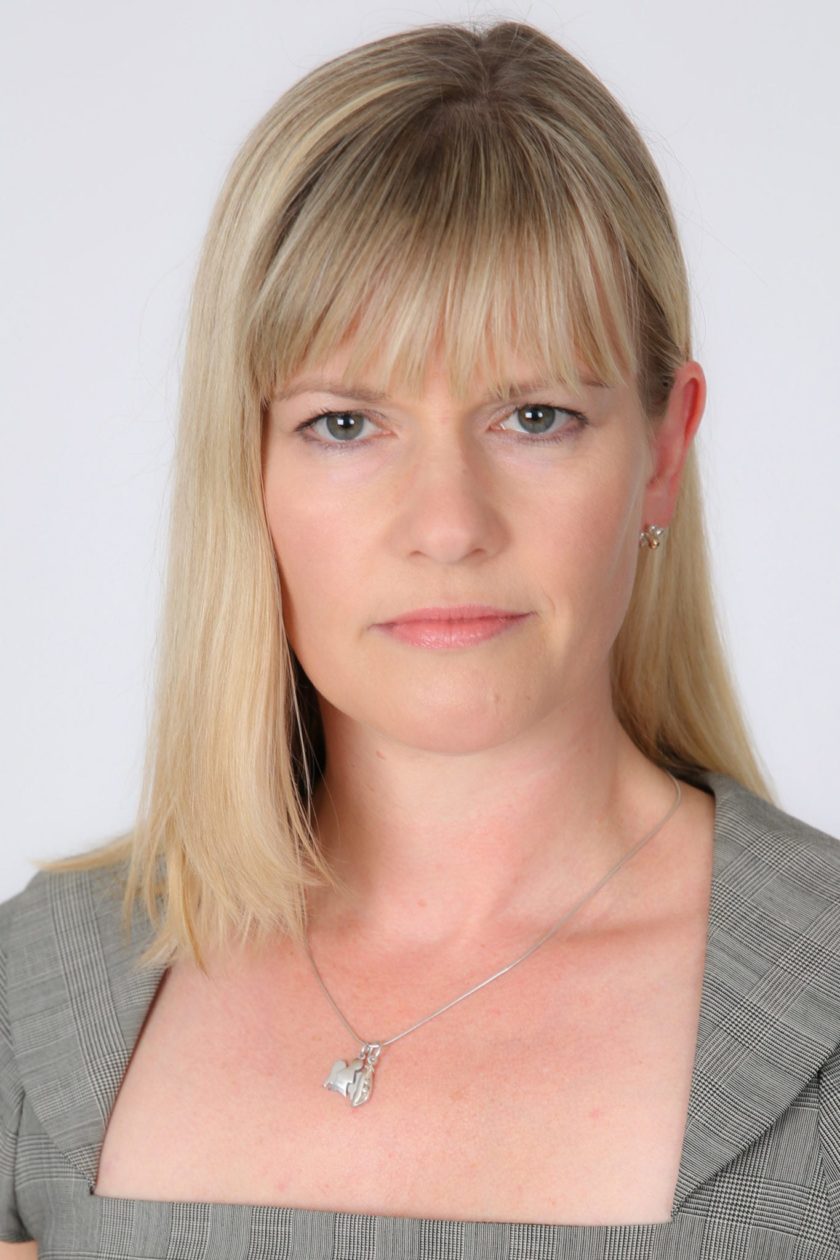Juliet Schooling Latter, research director, FundCalibre, continues her series of articles for Professional Paraplanner with look another Polar Capital investment, but the time and investment trust.
Back in June 2017, the shareholders of Polar Capital Global Healthcare Growth and Income Trust were asked to vote on a number of matters, but two of great significance: firstly, whether or not to extend the life of the investment trust, and secondly, to change the investment process to focus more on capital growth than on income.
Incorporated in May 2010 with a fixed-term life until the end of 2017, market conditions had led the investment manager and the board to conclude that the investment universe no longer supported an income portfolio – the long-term, secular growth story in a low growth world would offer more opportunity. The ageing population, macroeconomic pressures and rapidly evolving technology were combining to drive significant structural transformation and, in turn, improve the efficiency of global healthcare systems – a situation they saw continuing over the next decade.
Shareholders voted in favour of both proposals and Polar Capital Global Healthcare trust was reborn. It now approaches its third anniversary in its new guise.
Managed by James Douglas and Gareth Powell, today it invests in healthcare stocks from around the globe, but predominantly from four sub-sectors: pharmaceuticals, biotechnology, medical technology and healthcare services.
The portfolio is split into two segments: growth and innovation with a circa 90/10 split. The growth element is made up mainly of larger companies (but still those that are proactive and driving change), whereas the innovation pot will invest into medium and smaller companies that have the potential for greater growth in the long run. These innovation companies are typically disrupters of conventional medical practices that could deliver the holy grail of better healthcare for less money.
The trust can hold a maximum of 65 investments across both the growth and innovation pots. The innovation portion of the portfolio may include stocks which are neither quoted nor listed on any stock exchange. However, exposure to these stocks will be limited to 5% of the gross assets at the time of investment.
The trust does not gear up in the conventional sense – it uses structural gearing through the issue of Zero Dividend Preference shares. Gearing currently stands at 7.2%.
Since the changes in 2017, the trust has been trading between approximately a 3% premium and an 11% discount. The finite life, with an option to extend this at its AGM in March 2025, should help to close any discount in the share price as the end date approaches.
The obvious elephant in the room this year is the US election: drug pricing in particular tends to be one of the main subjects of any campaign. Addressing the affordability of drugs appears to have bi-partisan support and, as the US is the most important end-market for healthcare, a watchful eye will be essential. The managers of this fund understand that either finding companies that are insulated from potential regulatory developments or which are developing innovative products to address hitherto unmet medical needs, will be key to their success.
The trust has lagged in its sector since June 2017, but it is up against a number of more racy biotech offerings. As a lower volatility way of gaining exposure to the opportunities in the healthcare sector and the long-term secular growth trends, I still like it as an option.
See Juliet’s view on the Polar Capital UK value Opportunities below:
Three year track record: Polar Capital UK Value Opportunities
Past performance is not a reliable guide to future returns. You may not get back the amount originally invested, and tax rules can change over time. Juliet’s views are her own and do not constitute financial advice.



































